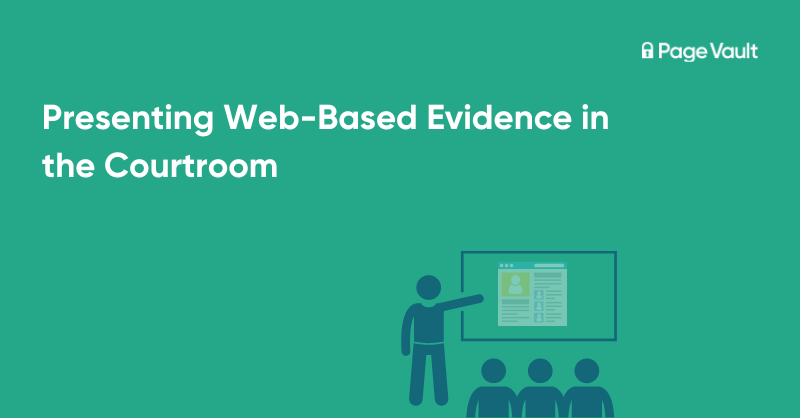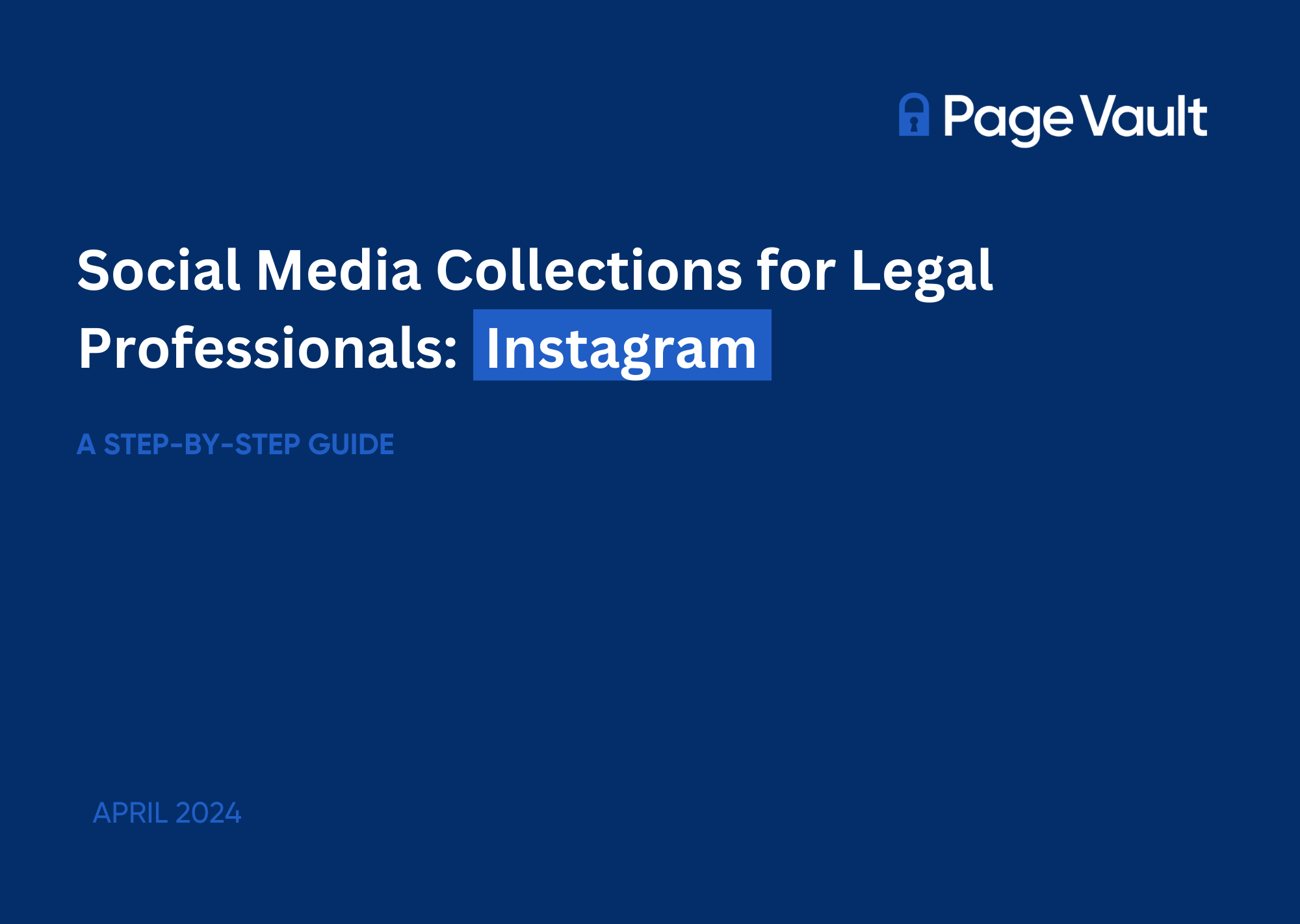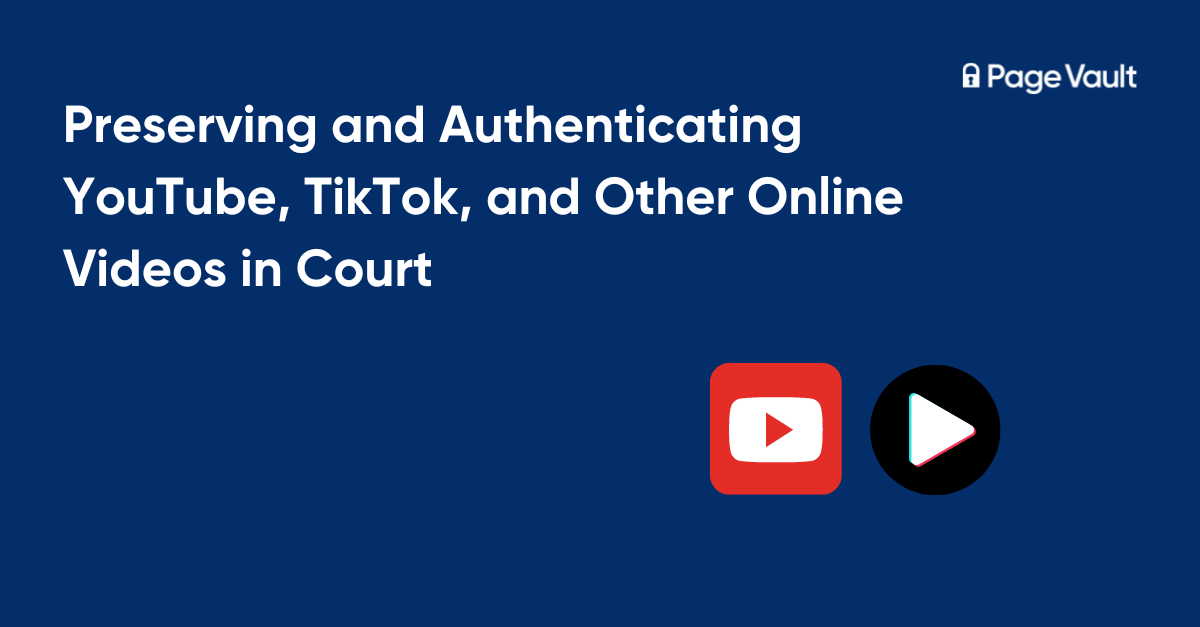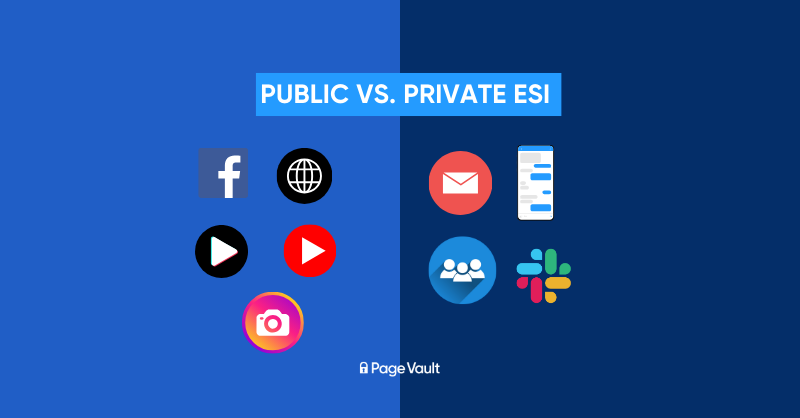Understanding the Canada Evidence Act for Social Media and Websites
Last Updated April 2024
Canada, like many jurisdictions, has specific regulations governing the admissibility of ESI, commonly referred to as the "Best Evidence Rule." The Canada Evidence Act (CEA) sets forth guidelines that are critical for legal professionals when handling electronically stored evidence (ESE) from social media platforms and websites. This blog post delves into these guidelines and shares best practices for navigating the evidentiary landscape of digital content in Canada.







